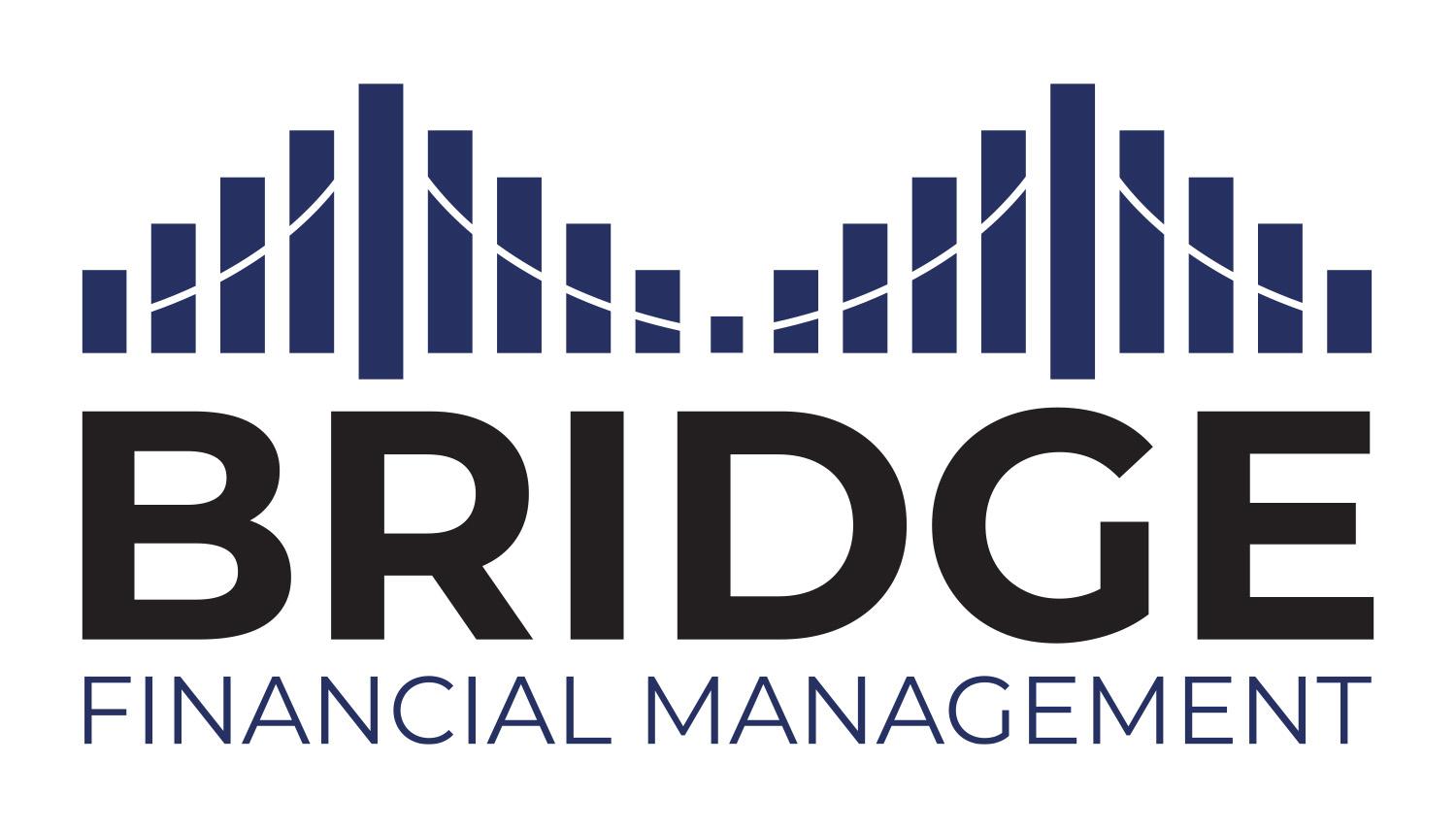
What Should I Do With My 401k Right Now?
Save for retirement consistently, regardless of how the market behaves.
There is seldom a dull moment on Wall Street. Stocks may rise or fall dramatically over the course of a year or a decade. Sometimes, breaking news may tempt you to pull money out of a 401(k) plan, or greatly reduce your contributions to either. If you’re considering such moves, think twice.
Don’t stop saving for retirement. Even if you think you’re wealthy enough to forego contributing to a money purchase plan or deferred compensation plan for a while, you could end up seriously shortchanging your retirement savings potential by reducing your balance or elective salary deferrals.
These plans are terrific retirement savings vehicles – and the fact is that most Americans have not saved enough for their retirement years. Additionally, if you withdraw money from a 401(k) plan before age 59½, you’ll face a 10% tax penalty (with few exceptions) and you may end up spending money today that could have enjoyed tax-deferred compounding in the future. 1,2
Don’t lose out on the power of tax deferral & compounding. Together, these factors have the potential to dramatically grow your retirement savings. As a hypothetical example, let’s say you have $30,000 in your 401(k) plan at age 40, and you just contribute $50 a month to it for the next 20 years while your account yields 8% a year. Twenty years later, that $30,000 will grow into $177,255. In fact, it would grow to $147,804 in 20 years under those circumstances even if you never contributed a penny to it after age 40, all thanks to compounding and tax deferral.3
Contributions to 401(k) plans may be made with pre-tax dollars, as well as post-tax (Roth) contributions if the Plan allows it. Pre-tax contributions reduce the amount of taxable income listed on your W-2 form.1 Post-tax dollars do not, but provide for potential tax-free growth.
Remember, there are contribution limits on 401k plans. You can put up to $19,500 in a 401k in 2020 if you are younger than 50, and $26,000 if you are 50 or older (thanks to the catch-up contribution allowance for most plans).4
Don’t lose out on a match. Does the employer sponsoring the 401(k) plan match your contributions – say, something like a dollar-for-dollar match on the first 3% of salary? If you make $60,000 per year, 3% is $1,800. Would you throw away $1,800 worth of free money each year? You shouldn’t, especially given that this money will grow tax-deferred.
Do keep contributing steadily. It’s a good idea to keep up the dollar cost averaging and continue to make steady month-to-month or paycheck-to-paycheck salary deferrals. In all probability, this is central to your financial plan - and how will you amass the retirement savings you need if you stop contributing? Sure, there are other ways to build retirement savings, but dollar-cost-averaged contributions to a 401(k) plan represent a consistent, recurring way to get that job done.
If contributions are made via a dollar-cost-averaging approach, the investment dollar buys shares at a lower price in a bear market – and it also buys more shares for the money. So, when a bull market cycle resumes, you may end up in a really good position.
It’s a good idea to keep contributing even if you are falling behind financially. Should you pay down debts with your 401k plan assets? Only as a last resort. In fact, if you are looking at a bankruptcy you should know that assets in 401(k) plans and profit-sharing plans commonly qualify for state and/or federal exemptions in personal bankruptcies.6
Do review your goals with your financial advisor. Look at your time horizon. Look at your overall financial plan. Whether you are nearing retirement or far away from it, you will see that 401(k) plans are vital tools for pursuing your financial objectives. Whatever this or that website may proclaim, don’t be discouraged by short-term headlines; abide by the long-term plan created personally for you.
Citations.
1 - finance.zacks.com/401a-retirement-plan-4786.html [11/8/13]
2 - ing.us/individuals/retirement/products/types-accounts/employer-plans/457-plans [11/8/13]
3 - mwdplans.gwrs.com/link.do?contentUrl=education.Maximize&txnCode=WQKTIP [11/8/13]
4 - irs.gov/uac/IRS-Announces-2014-Pension-Plan-Limitations;-Taxpayers-May-Contribute-up-to-$17,500-to-their-401%28k%29-plans-in-2014 [11/4/13]
5 - icmarc.org/for-plan-sponsors/plan-rules/contribution-limits.html [11/8/13]
6 - nolo.com/legal-encyclopedia/pension-bankruptcy.html [11/8/13]
This material was prepared by MarketingPro, Inc., and does not necessarily represent the views of the presenting party, nor their affiliates. All information is believed to be from reliable sources; however, we make no representation as to its completeness or accuracy. Please note - investing involves risk, and past performance is no guarantee of future results. The publisher is not engaged in rendering legal, accounting or other professional services. If assistance is needed, the reader is advised to engage the services of a competent professional. This information should not be construed as investment, tax or legal advice and may not be relied on for the purpose of avoiding any Federal tax penalty. This is neither a solicitation nor recommendation to purchase or sell any investment or insurance product or service, and should not be relied upon as such. All indices are unmanaged and are not illustrative of any particular investment.
